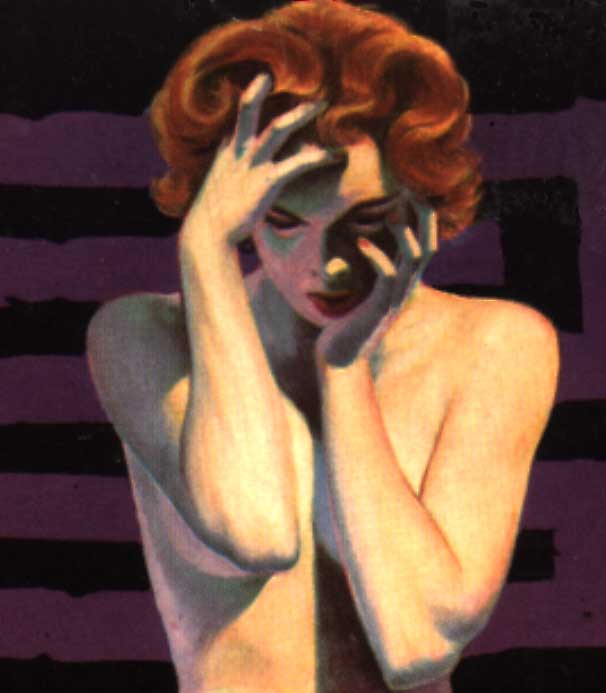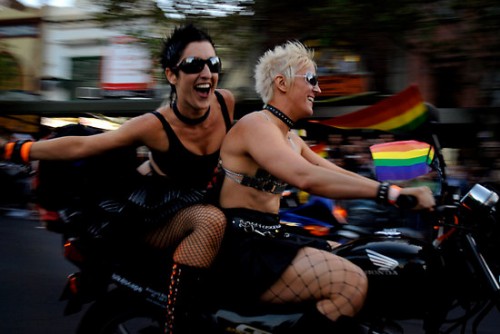What, on the surface, is the connection between the work of art collective Neue Slowenische Kunst, and cargo cults in New Guinea, and autoerotic fatalities? And furthermore, what does it all have to do with the possibility that your neighbor’s forced-air heating system may be emitting inaudible sound waves that cause you needless anxiety and excess sexual excitement?
In his introduction to the Amok Journal: Sensurround Edition, editor Stuart Swezey writes that these and other “accounts of the search for the erotic in the mechanical, the sublime in the visceral, and the spiritual in the electromagnetic,” together constitute a basis for investigating “the neurobiological basis for mystical and ecstatic experience.”
What this means is that despite the endearing presence of an article called “The Love Bug” (the imaginary headline screams: “Man dies making love to Volkswagen”), this is no mere collection of lifestyle marginalia, but a theory of the human defined by its farthest-flung event horizons. An as editorial stylist, Swezey gets at these extreme demarcations of culture and consciousness through the unexpectedly lush language of forensic reports as well as his own dry, neo-Victorian prose. But the cumulative effect of the case studies, interviews and scientific papers collected here is epistemological: in the aggregate, these pieces form a knowledge-based antigen to the feel-good anomie of late-century American culture.
In the introduction to an interview with filmmaker Gualtiero Jacopetti (of the original shockumentary Mondo Cane), Swezey writes, “In contrast to the ubiquitous tabloid TV of our time, Jacopetti’s films make no effort to mask their delight in discovering the bizarre and the grotesque which the world offers. Jacopetti makes no pretense in his narration to a Geraldo-like indignation or an Oprah-esque compassion.” In face of a zeitgeist that has us all individuating indiscriminately just for the applause—and the free therapy—the Amok Journal provides an alternative template, a reading map superimposed over a scramble of seemingly unrelated fringe phenomena, through which the core phenomena of everyday life suddenly leap out in sharp new relief.
How does this work? The Journal takes disparate instances of sexual deviance, covert action and radical thought, e.g. “Rectal Impaction Following Enema With Concrete Mix,” and a Hungarian report to the U.N. “Working Paper on Infrasound Weapons,” and José Ortega y Gasset’s “Meditations on Hunting”: when displayed next to each other in proper context, as they are here, these elements shed their novelty aspects and begin to appear as a seditious commentary on the under-reported risks of individuality, conformity and desire. All of which makes one think, why not go ahead and start to see dating, shopping at the supermarket, and reading the New York Times through the same sharp lens?
As a guidebook, the Amok Journal is a no-nonsense world tour and all-purpose locator for the culturally over-stimulated. As a philosophical/political text, its underlying theme is nothing less than the varietal experience of the all-American (now international) self-made man—who is, of course, the granddaddy of all deviants.
HJ
Publisher: Amok
Paperback: 476 pages
Illustrated


